Regency women went to great lengths to achieve an effortless, romantic look with long, flowing lines to their dresses and hairstyles. Even their dresses, which appeared to have little underneath, had several layers hidden below the surface. As with everything, nothing in the Regency era is quite as simple as it seems.
And behind the scenes of every genteel woman’s daily beauty regime were servants who made it all possible. Without today’s modern household appliances, a whole team of people were required to make a household run smoothly. There were servants who laundered, mended, ironed, and polished. Maids who buckled, tied, boosted, and smoothed; carried clean, hot water for bathing; and emptied bathtubs and chamber pots. Men and women cleaned, cooked, served, polished, and dusted. All so that life could go on smoothly and seamlessly.
Women in Jane Austen’s world were expected to be many things, especially when it came to their personal appearance, but what went on behind the scenes to make these women appear so effortless and graceful?
[Mr. Bingley] came, and in such very good time that the ladies were none of them dressed. In ran Mrs. Bennet to her daughter’s room, in her dressing gown, and with her hair half finished, crying out:
Pride and Prejudice, Jane Austen
“My dear Jane, make haste and hurry down. He is come—Mr. Bingley is come. He is, indeed. Make haste, make haste. Here, Sarah, come to Miss Bennet this moment, and help her on with her gown. Never mind Miss Lizzy’s hair.”
“We will be down as soon as we can,” said Jane; “but I dare say Kitty is forwarder than either of us, for she went up stairs half an hour ago.”
“Oh! hang Kitty! what has she to do with it? Come be quick, be quick! Where is your sash, my dear?”
It took time to achieve the polished look of a Jane Austen heroine; thus, I’ve also included additional links for each of the topics below for those who want to delve deeper. Let’s look behind the scenes:
Bathing
Cleanliness then wasn’t quite what it is today. Bathing only became common during the 18th century in wealthy households. In Jane Austen’s time, baths were taken once a week (more or less depending on the season) with sponge baths in between. This was usually done by sponging off with a pitcher of water and a little basin on the bedroom dresser. To bathe, people sat in a larger tub or stood in a smallish tub on the floor and washed with a pitcher of water. (The Family, Sex & Marriage in England 1500-1800 by Laurence Stone)
Affordable soaps of the time were soft and more caustic than the soaps, lathers, and body washes we enjoy today. Firm, refined bar soaps were scented and more costly (and therefore less frequently used). As for a woman’s hair, the same soap used for the body was also used for the hair, and the hair was washed far less often than today.
Oral Health
As for dental health, tooth brushes and tooth powder were used. In Sense and Sensibility, we read this: “He was giving orders for a toothpick-case for himself, and till its size, shape, and ornaments were determined, all of which, after examining and debating for a quarter of an hour over every toothpick-case in the shop, were finally arranged by his own inventive fancy…”
From Austen’s own letters, we know that dentistry in her time was a grisly business:
The poor girls and their teeth! I have not mentioned them yet, but we were a whole hour at Spence’s, and Lizzy’s were filed and lamented over again, and poor Marianne had two taken out after all, the two just beyond the eye teeth, to make room for those in front. When her doom was fixed, Fanny, Lizzy, and I walked into the next room, where we heard each of the two sharp and hasty screams.
Jane Austen’s Letters, Henrietta St., 15 Sept. 1813
The little girls’ teeth I can suppose in a critical state, but I think he must be a lover of teeth and money and mischief, to parade about Fanny’s. I would not have had him look at mine for a shilling a tooth and double it. It was a disagreeable hour.
The advent of modern dentistry, and the use of anesthetics, wouldn’t come until long after Austen’s lifetime. I, for one, feel much more enthusiastic about my next dental cleaning after this. For more on the topic of Regency dentistry, you can read this JAW article on Dental Hygiene in the Regency Period.
Dressing and Undergarments
For the latest fashions, women often shared patterns and new fashions. Those who had lately traveled to London or even Bath brought back descriptions, clippings, and patterns to share with their friends and family member. In Pride and Prejudice, we read this about Mrs. Gardiner’s visit: “The first part of Mrs. Gardiner’s business on her arrival, was to distribute her presents and describe the newest fashions.”
As fashions evolved, so did women’s undergarments. Under their slim, empire-waisted Regency dresses made of thinner material than previous years, women wore a shift, stays, a waist petticoat, stockings, and more. With so much to lace up and buckle, women needed help getting dressed. On the topic of stays, we know that Jane wrote this to Cassandra:
I learnt from Mrs Tickar’s young Lady, to my high amusement, that the stays now are not made to force the Bosom up at all; that was a very unbecoming, unnatural fashion.
Jane Austen’s Letters, September 1813
However, women did not yet wear “underwear,” drawers, or pantaloons. Drawers were considered immodest and improper, something only men wore, until the early to mid 1800s. Slowly they caught on, and by the mid-1800s they were a matter of course when hoop skirts became popular. You can find more here: Ladies Underdrawers in Regency Times: Regency Underwear.
Cosmetics
In terms of cosmetics, a more natural Romantic look took hold during Austen’s life, in large part aided by the blockade during the Napoleonic Wars. Ladies were still, nevertheless, never too far from their rouge pot (Beauty and Cosmetics, 1550-1950 by Sarah Jane Downing). Regardless of one’s complexion or skin tone, a rosy glow was part of achieving that healthy romantic look.
As for covering up body odor, deodorant was not yet used, while the perfumes of the time tended toward sweet, musky scents. To find out more about cosmetics and how they were made (many times out of materials we now know are dangerous), you can read this article: A Deadly Fashion: Beauty and Cosmetics 1550-1950 – A Review.
Hair
During Jane Austen’s lifetime, hairstyles for women became more natural and graceful. This meant instead of powder, wigs, and elaborate updos, the natural hair color became popular again. Women wore their hair swept up into simple twists, buns, and chignons with locks of hair curled around their faces. Curling tongs and curling papers and cloths were used to create this effect.
The fashions and hairstyles all came from the Greco Roman styling that became popular during Austen’s day. You can read more here: Greco Roman Influences on Women’s Hairstyles During the Georgian Era.
With the bonnets and caps used at the time, curls were used to frame the face. For evening and dinner parties, accessories such as combs and ribbons were used. Often a maid helped fix a lady’s hair each morning and before an evening dinner or party. What might look like a very natural hairstyle could take quite a bit of time to perfect beforehand. For more, you can read about Regency Hairstyles and their Accessories. Additionally, you can view Vic’s stunning Pictorial History of Regency Hairstyles.
A Look Behind the Scenes
The world of a genteel Regency woman was complex and nuanced. Next month, I’ll share more about feminine hygiene, bodily functions, and childbirth. We’ll take an even closer, behind-the-scenes look at a genteel woman’s private life in Jane Austen’s time. All to help us understand the real-life world of carriage rides, balls, dinners, and courtship that we so enjoy in Austen’s novels.
As much as I love dressing up for a Jane Austen event, all of this information reminds me, as ever, that as romantic as everything looks in a Jane Austen film, life for women of her time was anything but simple—even for those who were part of the landed gentry.
When I’ve dressed for the ball given at past JASNA AGMs, my outer layer tends to be the most historically accurate. I’ve yet to invest in undergarments, and I usually “make do” with my own homemade hair accessories, jewelry, and ballet flats. One day, I’d like to invest in a bonnet. As one wise woman once told me at an AGM, “It takes years to build your Regency wardrobe – just take it one piece at a time.” Do you own any Regency clothing? If so, what do you enjoy wearing most? -Rachel
This article originally appeared on Jane Austen’s World blog.
RACHEL DODGE teaches college English classes, gives talks at libraries, teas, and book clubs, and writes for Jane Austen’s World blog and Jane Austen’s Regency World magazine. She is the bestselling author of The Anne of Green Gables Devotional: A Chapter-By-Chapter Companion for Kindred Spirits and Praying with Jane: 31 Days Through the Prayers of Jane Austen. Her newest book The Little Women Devotional is now available for pre-order and releases later this year. You can visit Rachel online at www.RachelDodge.com.

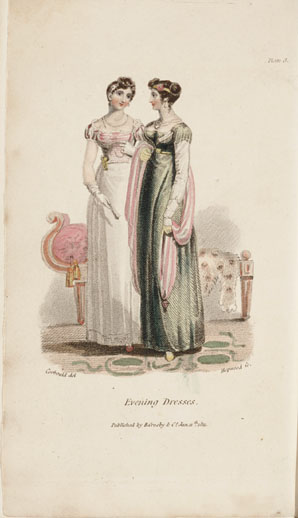
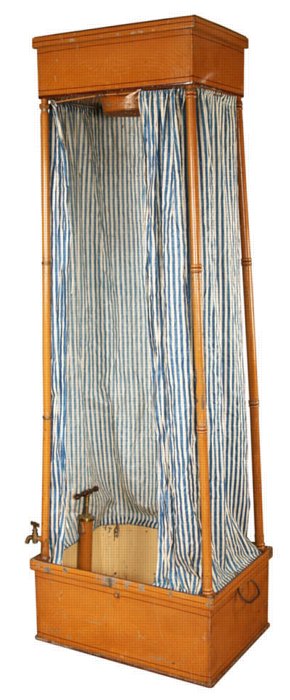
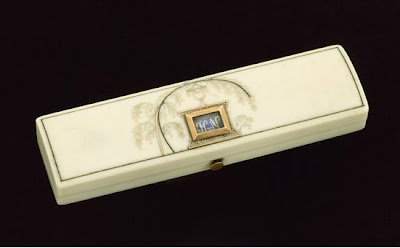
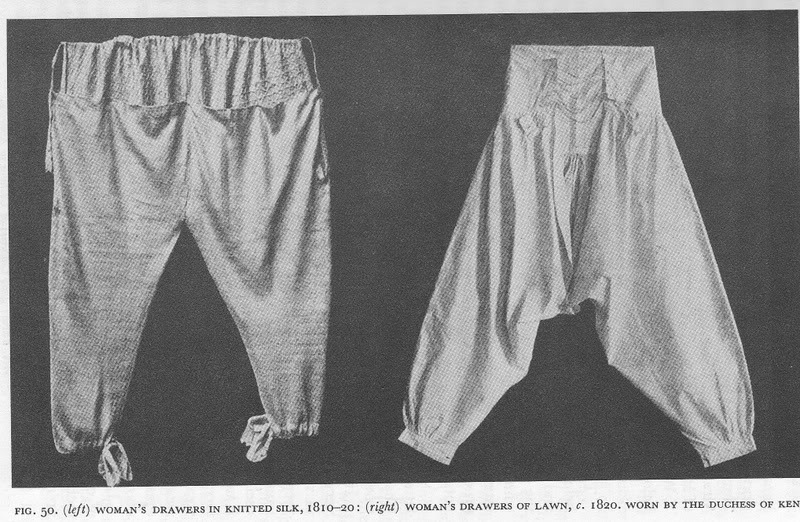


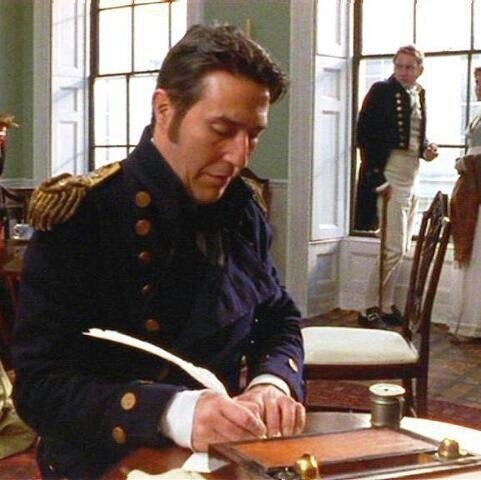
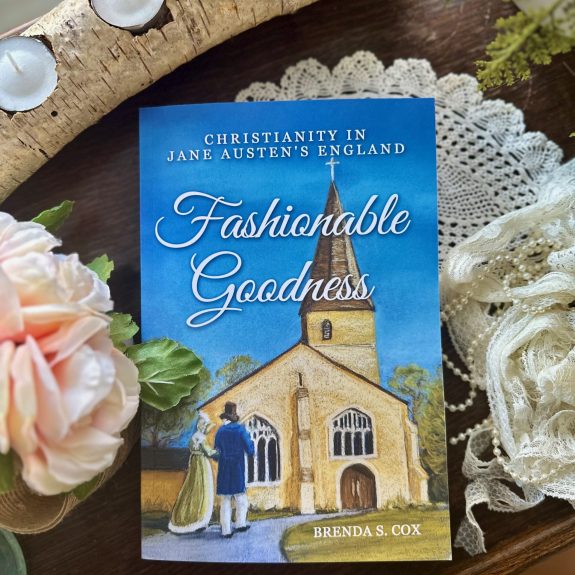




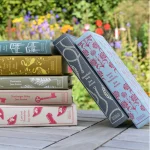

Catherine Gwinner
August 18, 2021 at 5:50 amRachel! I love this article about Regency dressing and beauty! It’s so fascinating to me and I love that you gave us a paragraph of great information along with a link to dive deeper! I like you love dressing for the JASNA AGMs and other JASNA events! I’ve taken my turn and having specific dresses made and piece-mealing my costumes from thrift store finds. I have to agree with the woman you quoted at the end of your article – it’s better to take our time and get/make items for our Regency costumes! There are SO many stores out there now where we can get pieces! Oh the fun to be had!
Rachel Dodge
September 14, 2021 at 10:55 amThank you!! I really enjoyed writing about this. It’s such a fun topic. I would love to see some of your costumes!!